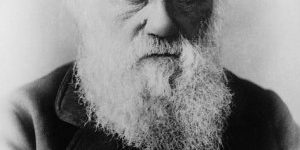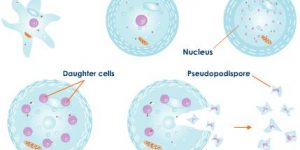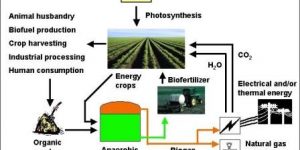Charles Darwin has probably had the most profound impact on the way that we think in recent years. This is through the established of the evolutionary theory. He stated that every being on this planet has evolved from a common ancestor, and whilst in the past he was dismissed as something of a ‘loony’ (the world was very religious back then) more and more evidence has come to light which has actually shown that Darwin was most likely right about the theory. Let’s take a little look at the way he was right, or five of those reasons at least (I don’t have time to write a book!)
Fossils Demonstrate Evolution
We now have the technology at our disposal which allows us to evaluate fossils in a much better way than they were before. We can now line up fossils and actually witness evolution at work. We can look at the bones and establish similarities between each of them. This is perhaps one of the best pieces of evidence that we have related to evolution, and it is something that Darwin didn’t really have at his disposal many years ago.
Animals have related DNA
Ok, Charles Darwin didn’t come out straight about DNA, he didn’t actually know what it was (that was discovered much later). However, he stated that all species evolved from a common ancestor, and we can actually witness this practice nowadays. We look at the DNA profiles of animals and notice similarities, even if the species are worlds apart. Again, another fantastic piece of evidence related to DNA.
DNA is interchangeable
This may seem a little shocking, but did you know that DNA is interchangeable between related species? Scientists have shown that a particular gene which causes ‘eyes’ to function is interchangeable. It cut these genes out of a mouse and stuck it in a fly. It still worked and formed the eye, startling evidence that DNA is interchangeable between species.
Evolution at Work
If you have read the origin of species then you will probably have heard of the finches that Darwin witness. He claimed that these finches were adapting to their environment, and whilst he wasn’t around long enough to witness this, there are plenty of people out there every day carrying out work on these finches. They have noticed that their beaks are adapting based on the food they have at their disposal, for example, harder seeds mean that their beaks are much harder. They witness this idea of ‘natural selection’ at work, particularly drawing dry winters where the birds with much softer beaks die off. Other studies have also taken place in the laboratory where scientists are creating environments and flies are adapting to them.
Selection Creates Change
Look at dogs. You can change their whole morphology by breeding them with other dogs, you can add features, take away features, pretty much do anything as long as you have the time. This is great evidence that shows animals can adapt. It pretty much ties in with natural selection, although this is called ‘artificial selection’.


